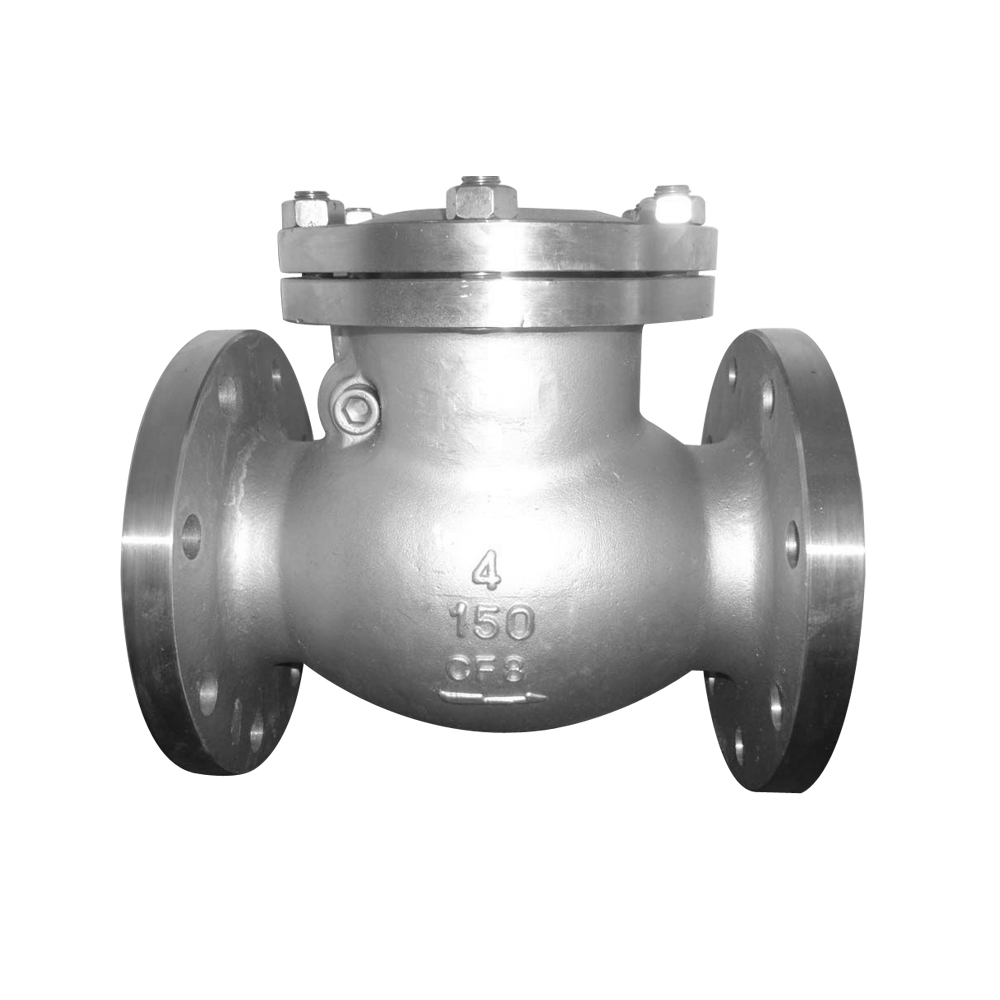Optimizing Exhaust Valve Performance in Two-Stroke Engine Systems for Enhanced Efficiency
Understanding the Function and Importance of the Exhaust Valve in 2-Stroke Engines
The exhaust valve in a 2-stroke engine plays a critical role in the overall performance and efficiency of the engine. Unlike 4-stroke engines, where the exhaust process is distinctly separated from the intake phase, 2-stroke engines perform both processes in a single cycle, significantly changing the dynamic of how exhaust gases are expelled. In this article, we'll explore the function, design, and significance of the exhaust valve in 2-stroke engines.
Function of the Exhaust Valve
In a 2-stroke engine, the exhaust valve's primary function is to control the exit of exhaust gases generated during the combustion process. When the fuel-air mixture ignites in the combustion chamber, it creates high-pressure gases that push the piston down during the power stroke. Once this process is complete, it’s crucial that these exhaust gases are efficiently expelled to make way for a fresh charge of the fuel-air mixture.
As the piston moves back up after the power stroke, the exhaust valve opens to allow these gases to escape. This opening must be perfectly timed to ensure that the piston does not trap any residue from the previous combustion cycle, which could lead to engine inefficiency and power loss. The valve closes again just before the piston reaches the top of its stroke, preventing any backflow of exhaust into the combustion chamber.
Design Considerations
The design of the exhaust valve in a 2-stroke engine is fundamental to its efficiency. Typically, the valve must be lightweight and able to withstand extreme temperatures, as it needs to operate under high-stress conditions. Materials that can endure these temperatures, such as titanium or specially treated alloys, are commonly used.
2 stroke engine exhaust valve

Moreover, the size and shape of the exhaust port (where the exhaust valve operates) are meticulously calculated to maximize the outflow of gases. An optimal exhaust port shape can improve the scavenging process, which is the method of removing exhaust gases from the cylinder and replacing them with fresh air-fuel mixture. This process is critical for maintaining high engine performance, especially in applications like motorcycle racing or chainsaw operations, where maximum output is essential.
Importance of Exhaust Valve in Performance and Emissions
As regulations on emissions become increasingly stringent, the exhaust valve's role takes on an additional layer of importance. Proper functioning of the exhaust valve contributes to cleaner exhaust emissions by ensuring that unburned fuel does not slip back into the exhaust system. Modern 2-stroke engines are often equipped with sophisticated exhaust systems designed to reduce emissions, and the efficiency of these systems relies heavily on how well the exhaust valve performs.
Additionally, the design of the exhaust system, including the muffler and resonator, works in conjunction with the exhaust valve to optimize engine performance. By minimizing backpressure and allowing for a smooth exit of exhaust gases, these systems can maximize the effectiveness of the exhaust valve, thus enhancing overall efficiency and power output.
Conclusion
In summary, the exhaust valve is a vital component of 2-stroke engines, impacting performance, efficiency, and emissions significantly. Its design and functionality are crucial in ensuring that engines operate smoothly and effectively, particularly in high-performance applications. As technology progresses and regulations evolve, the role of the exhaust valve will continue to adapt, helping to pave the way for cleaner and more efficient engine designs. Understanding these aspects is essential for anyone involved in the development, maintenance, or operation of 2-stroke engine systems.
-
The Key to Fluid Control: Exploring the Advantages of Ball Valves in Industrial SystemsNewsJul.09,2025
-
The Versatile World of 1, 2, and 3 Piece Ball ValvesNewsJul.09,2025
-
Stainless Steel Ball Valves: The Ideal Choice for Efficient Flow ControlNewsJul.09,2025
-
Optimizing Fluid Control with Ball Float ValvesNewsJul.09,2025
-
Manual Gate Valves: Essential for Control and EfficiencyNewsJul.09,2025
-
Everything You Need to Know About Butterfly ValvesNewsJul.09,2025
-
The Versatility of Wafer Type Butterfly ValvesNewsJul.08,2025




